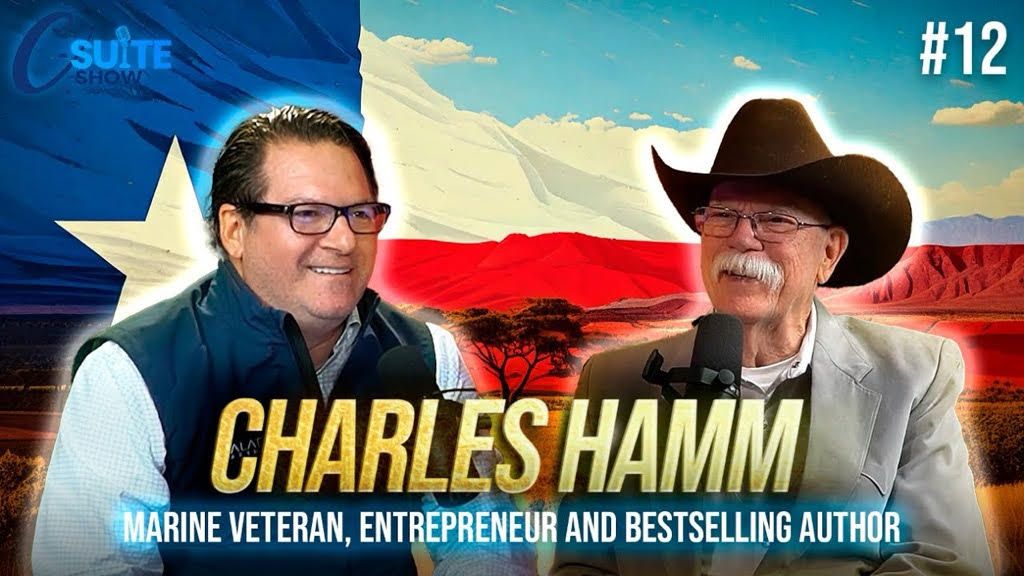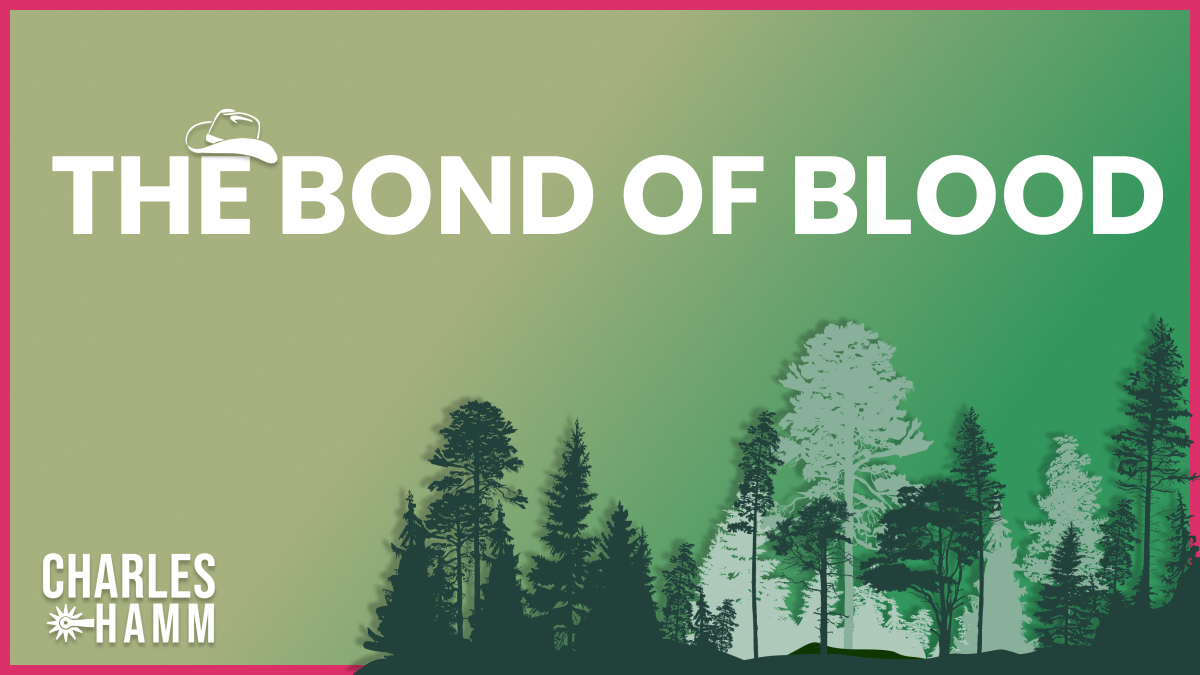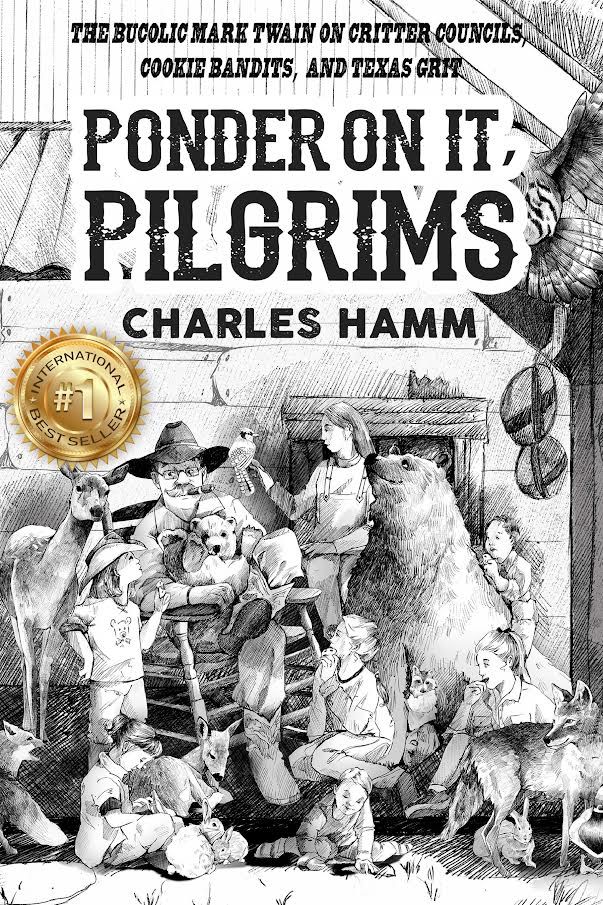They are scattered about the countryside, and many are lost to the memories of people who now live in those areas - even direct descendants.
Originally published on LinkedIn — September 10, 2020
The two young men grew up, and came of age in remote, deep rural areas in Nicholas County, Kentucky. Their homesteads were many miles apart. Perhaps they knew each other, I can’t really say, but probably weren’t friends. John was 6 years older than Alex, which is quite an age spread when you’re young, and there would not have been much contact between them. John was born on 11 July 1837, and Alex on 18 October, 1843. However, they did have one thing in common. Both heard the distant drums of war, and both answered the call. John enlisted in the 4th Kentucky Calvary, and Alex with the 3rd Kentucky Calvary. The American Civil War had called them both to the service of their country. Their paths crossed on several occasions in minor actions, but both fought in the desperate Battle of Atlanta. There was just one thing that adds a certain twist to the story. John fought for the Union, and Alex for the Confederacy. They both survived the war, came back to Nicholas County, married and fathered children. Their stories, and lives are particularly meaningful to me. Had either fallen in that war I would not exist. They are both blood, and the bond of blood has always coursed strongly through my veins.
You see, John Robert Dayton was my great, great grandfather on my mother’s side of the family, and Alexander Kimes Hamm was my great grandfather on my daddy’s side. I have just returned, after being gone for a spell, from my first “retirement adventure.” It has been a quest to find the graves of both of these men, and show my respects. Many places are on my retired bucket list, which include ancient ruins from the far corners of the earth, but nothing was more important to me than honoring these men.
In rural America, back in these times, cemeteries were often no more than family plots, where family members, and close neighbors would be buried. They are scattered about the countryside, and many are lost to the memories of people who now live in those areas – even direct descendants. Time has passed them by. Another difficulty, which proved to be true in my quest, is that no one has been buried in them for a hundred years or more. Nature has taken its course. Trees, briars and other forest vegetation have reclaimed them. They are not manicured cemeteries that might come to mind, but are lost, forgotten, and swallowed up by the march of time. From research I had done before my journey began, I thought I knew the general area where I might find both graves.

Now it was time to see if I could find John Robert. I figured finding the cemetery where Alex was buried would be easier than finding his, and I was right. There was no point of reference like, “Up on the hill behind the old school house.” I only knew the general area where the Dayton family lived at that time. I’ll spare you a lot of the details, but after quite a hike, and a lot of roaming around I found a cemetery back in a woods lot surrounded by hay fields. I wasn’t sure he was buried there, but began a thorough search, on my feet when I could, and my hands and knees when I had to.
To my amazement, after about 20 minutes of looking at the few surviving head stones that seemed to be scattered about with no clear pattern, I walked up to a stone that seemed well preserved. It wasn’t him, but I noticed that on the other side of the large Blue Ash tree behind this stone was another grave stone. Tree limbs were low, and the ubiquitous briars made it hard to get to, but I crawled toward it. When I looked up I saw the name, Dayton. My heart leaped in my chest as I looked more closely. It read, “John R Dayton. Born July 11, 1837, died July 27, 1878. IT WAS HIM. I had found my great, great grandfather. I sat, transfixed, there on the ground before it. But, there was another grave stone right behind his, and though difficult, I was able to read it. William G. Dayton. This was John Robert’s father, my great, great, great grandfather. I was astounded, to say the least, and got a mite emotional. Blood! Their blood was my blood. They live on in me.
There is something I haven’t told you about John Robert. He had survived the war, only to be murdered in Mount Olivet, Kentucky. He was 41 years old. That is all I know. I intend to research to see if I can find some historical record that will give me more details about his tragic death. However, it touched my heart that he is buried next to his father.
[After the initial writing of this article Mrs. Debbie Taft researched, and found the newspaper article giving the account of John Robert’s tragic death. A special thanks to Ms. Debbie].
I stood up, took off my hat, and had a few words with him, and also with William. Replacing my hat on my head, I snapped my heals together, as I had for Alex, and gave this old soldier a snappy salute. It was getting dark, and I needed to be on my way.
The Hamm and Dayton families were some of the earliest settlers in Kentucky. They go back to to about 1780. For reference Daniel Boone founded Boonesborough, Kentucky in 1775. I have lots of graves to find before I’m through, including Jacob Hamm, and Henry Banta, who both fought in the American Revolution before coming to Kentucky from Virginia. They descend from my grandfather, Charles Henry Hamm, and his wife, my grandmother, Rosa Scott Hamm.
Hope you lovers enjoyed my story. Now git on outta here. Go on now, git! Y’all are hard pressed to work yourselves into my mind right now, and your prospects of working up in it ain’t to promising.
Oh, I still love y’all.








